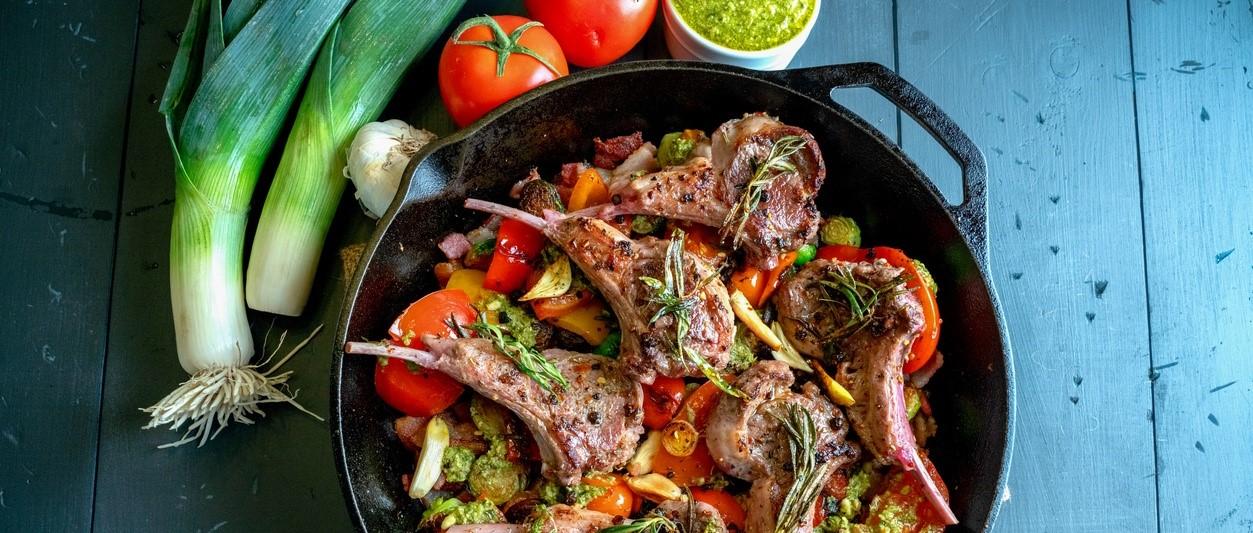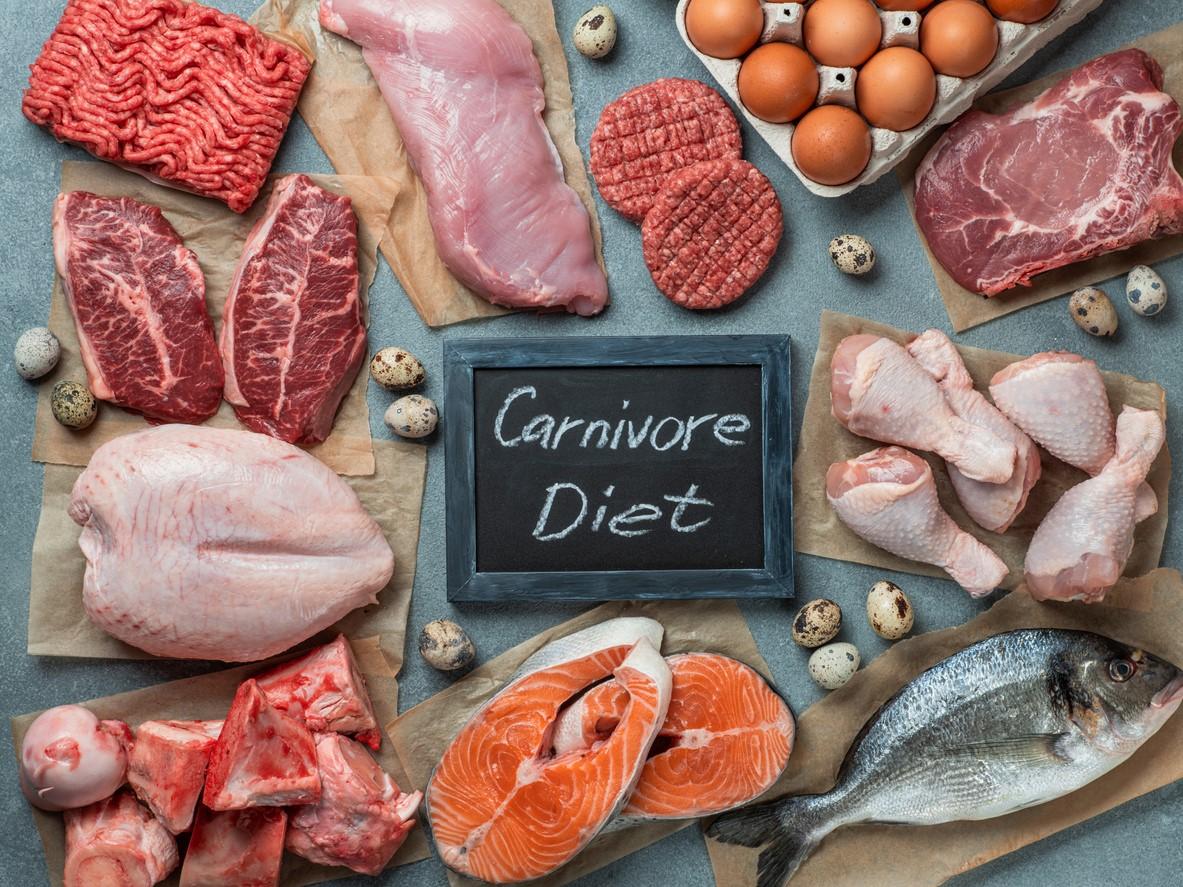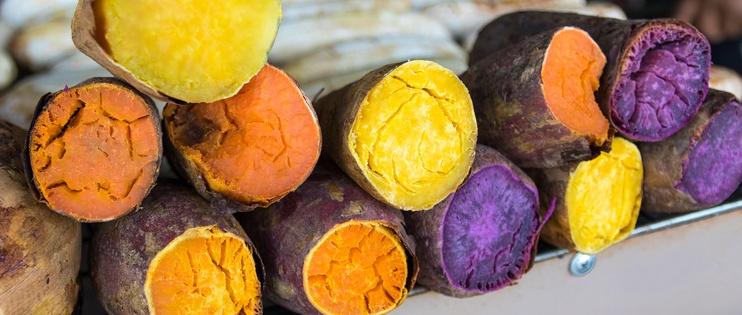
What is the Whole30 diet?
Peer reviewed by Dr Colin Tidy, MRCGPAuthored by Amberley DavisOriginally published 29 Sept 2023
Meets Patient’s editorial guidelines
- DownloadDownload
- Share
- Language
- Discussion
Many physical and mental problems are linked to what you eat. Perhaps you're struggling with a lack of energy, poor sleep, digestive issues, or low mood - how do you work out if what you're eating is to blame? The Whole30 diet is a highly restrictive, 30-day elimination diet that claims to get you these answers.
Celebrities like Busy Phillips and Emmy Rossum have described the Whole30 diet as intense but worthwhile. We sift through the hype and ask if Whole30 is grounded in evidence - or if it's just another fad.
In this article:
Continue reading below
The Whole30 diet
The first basis of Whole30 is that you'll only be eating whole foods. These foods are as natural as possible - untampered, unprocessed, and unrefined by people - which leaves them free from additives and other artificial substances. The second is that you'll be cutting out whole food groups that are commonly linked to food intolerances and allergies.
More of a month-long detox than a sustainable eating style, the Whole30 diet is all about pushing the reset button on your dietary habits and your relationship with food, according to creators Melissa Urban and Dallas Hartwig. The two sports nutritionists designed the two-part programme in 2009, creating a 30-day strict elimination diet followed by a 10-day plan to reintroduce food groups. They map this out in full in their book.
The idea is that this helps you learn which foods are having a negative effect on your health and wellbeing. It's also about habit breaking, whether that means reducing your cravings, tackling your sugar addiction, or moving away from emotional eating. Supporters say this gives you the knowledge and freedom to begin healthier eating patterns that are less restrictive and more sustainable than Whole30.
Not a weight loss diet
The first month on the Whole30 diet will restrict what you eat dramatically, but there's no calorie counting or restriction on carbs or fat - so long as they're unprocessed. It's not intended as a weight loss diet, but if you ate a lot of added sugars, baked goods, and junk food before, you may find you lose weight all the same in the short-term.
Phase 1 - 30 days of elimination
The elimination phase of Whole30 bans a lot of foods and is not easy to get through. You'll need to dedicate time and effort to keeping on track. Any cheats or slip-ups and you're expected to return to day one. This is because you're testing how your body changes when you stop eating certain foods - and to do this, you must cut them out completely. To help, the Whole30 programme provides a Can I Have guide and other resources. If you eat plant-based foods or want to transition to plant-based eating, your separate programme rules can be also be found.
What you eat
Unprocessed forms of:
Lots of vegetables.
Lots of fruit.
Meat.
Seafood.
Eggs.
Healthy fats.
Herbs, spices, and seasonings.
In their truest form, whole foods are one ingredient because they're as nature made them. But you're also allowed to choose supermarket products with a simple and recognisable list of ingredients from the above food groups. For this, you'll need to become a dedicated label reader.
What you avoid
The Wholefood30 diet bans foods that have been linked to problems with digestion, cravings, blood sugar levels, immunity, and inflammation:
Added sugars - both real and artificial forms, like honey, agave nectar, date syrup, coconut sugar, and xylitol. If it comes as an added ingredient to something else, it's out.
Grains - for example, wheat, barley, oats, rye, corn, rice, bulgur, quinoa, bran, and starch.
Legumes - for example, beans, chickpeas, lentils, peanuts and soy products.
Dairy - for example, milk, cheese, yogurt, cream, ice cream, and kefir.
Alcohol - on its own or as an ingredient in cooking.
Carrageenan or sulfites - check ingredient lists for these additives and preservatives.
You are allowed these exceptions:
Some legumes - green beans and most peas, including sugar snap peas, yellow peas, snow peas, green peas, and split peas.
Ghee or clarified butter - as they've had their milk solids rendered out.
100% fruit juice - even if used as a natural sweetener.
Most vinegars - including balsamic, white, red wine, apple cider, and rice, but not malt.
Alcohol-based botanical extracts - like vanilla, lavender, or lemon.
Coconut aminos - a brewed and naturally fermented soy sauce substitute.
Iodized salt - cutting out table salt would be too restrictive.
Bear in mind that you aren't allowed to recreate your favourite junk foods or baked goods, even if they're made with Whole30 approved ingredients. Dubbed the Pancake Rule, this means no pancakes, bread, biscuits, ice cream, chips, to name a few. The idea is that you will not stop your cravings and unhealthy eating habits if you spend your 30 days trying to recreate processed foods, even if they're made with whole foods at home
Other behaviours
Refraining from weighing or measuring yourself - this diet is intended to focus your mind on other benefits besides weight loss.
Choosing to exclude other foods - that are allowed on Whole30 but that personally give you big cravings or make you feel out of control.
Allowing no special occasions/cheats - you're not allowed to be flexible with the rules.
Shifting your mindset - the checklists found on the Whole30 website can help you through the 30 days.
Making use of Whole30 tools - to help with the challenges of food shopping, meal planning, dining out, socialising, and dealing with stress.
Continue reading below
Phase 2 - 10 days of reintroduction
This phase is easier, but still requires control and comes with its own rules. One at a time, you reintroduce the food groups you eliminated, and then see how your mind and body responds to them in comparison to having cut them out. Plant-based diet followers, note that this phase lasts between 6-30 days for you.
Over 10 days:
Introduce one food group - note any physical symptoms or changes in how you feel.
Return to the elimination diet phase for the following two days - to reset.
Repeat with each new food group.
If possible, start with the food groups you feel are least likely to have a negative effect on you, and build up to the most likely. For example, if you suspect you have a sensitivity to gluten or dairy, you may reintroduce, in this order:
Legumes.
Non-gluten grains.
Gluten-containing grains.
Dairy.
At the end of this phase, you may have learned which foods work for you, and if any don't. For example, did reintroducing gluten cause you to bloat and feel sluggish? Did eating dairy again cause you diarrhoea or stomach pain?
What are the benefits of the Whole30 diet?
On its own, there's a lack of research around the Whole30 diet and how well it works. Many people who have tried it have claimed that the 30-day restriction successfully reduced their sugar cravings and helped them feel fuller for longer and better in themselves.
Despite there being little data on the Whole30 diet, there are important elements of this programme that are backed by science:
Doctors often recommend elimination diets to people who want to identify food sensitivities that might be causing them symptoms.
Eating whole foods have been found to help people feel full and have less cravings for processed foods1. However, much of the evidence for the benefits of whole foods - for example, in reversing high blood pressure and type 2 diabetes - is based on a plant-food diet2.
Like the Paleo diet - a less strict and long-term diet - Whole30 is based on the premise that our bodies haven't adapted well to the modern human diet rich in grains, dairy products, and processed foods. These weren't available to early humans, and some scientists believe this explains the lack of obesity, heart disease, high blood pressure, and type 2 diabetes in our ancestors3.
We know that dairy, grains, and legumes are responsible for the most common food intolerances and allergies - including coeliac disease, gluten intolerance, and lactose intolerance.
There's also lots of evidence that eating plenty of fruit and vegetables and cutting out processed food and refined sugars can rid you of symptoms associated with an unhealthy diet. This can promote:
Higher energy levels.
Better sleep.
Improved mood.
Healthy digestive system.
Fewer skin problems.
Less aches and pains.
Yet, this eating programme is highly restrictive - and cutting out entire food groups can be risky.
Continue reading below
Is the Whole30 diet safe?
The Whole30 asks you to avoid several food groups and the nutrients they provide. This is usually okay in the short 40-day format, but it's a good idea to check with your doctor before starting any elimination diet. It's also not right for everyone.
Avoid if you:
Have, or have ever had, an eating disorder.
Check with your doctor first if you:
Are pregnant or are trying to get pregnant.
Take prescription medication.
Have a medical condition.
Have a higher risk of osteoporosis.
Are elderly.
There are also considerations for everyone to be aware of. With very restrictive diets, we need to be careful not to develop an obsessive and complex relationship with our food. Even in the short-term, extreme diets can fuel disordered eating behaviours.
Not eating legumes, grains, and dairy products can mean we miss out on a lot of important nutrients. It's also worth bearing in mind that while some people can experience sensitivities to some of those foods, for most people they form part of a healthy diet.
Dairy - provide protein, vitamins A and B12, and calcium.
Legumes and grains - both provide protein, healthy carbs, fibre, and many vitamins and minerals including vitamin E, vitamin B, iron, and zinc. They are also linked with a reduced risk of heart disease and can help control blood sugar.
Legumes and grains are also staples of the Mediterranean diet - a healthy way of eating that is proven to ward of illness, long-term (chronic) conditions, and promote longevity. In fact, many of world's oldest and healthiest people eat this way.
Whole30 diet recipes
These are just a sample of the hundreds of recipes on the Whole30 diet website.
Whole30 breakfast recipes
For omnivores - Smoked salmon hash with fried eggs.
For vegetarians - Veggie breakfast casserole.
For vegans - Tofu frittata.
Whole30 lunch recipes
For omnivores - Sweet potato sloppy Joes.
For vegetarians - Loaded plantain fries.
For vegans - Mulligatawny soup.
Whole30 dinner recipes
For omnivores - Crispy chicken stir-fry.
For vegetarians - Butternut squash and apple soup.
For vegans - Plantain and bean curry.
Further reading
Patient picks for Diet

Diet and nutrition
What is the carnivore diet and is it healthy?
The #carnivorediet tag has gained more than 900 million views on TikTok. Far from your average high-protein low-carb diet, on the carnivore diet you eat meat, and meat alone. If this sounds questionable for your health and contrary to mainstream nutritional advice, that's because it is.
by Amberley Davis

Diet and nutrition
Is the Okinawa diet a recipe for longevity?
Once called the land of immortals, the island of Okinawa is home to some of the world's oldest and healthiest residents. These centenarians grew up eating a traditional Okinawa diet, with the ingredients available to them. We speak to an expert about replicating this way of eating, to promote healthy ageing and longevity - no matter where in the world you are. Hint: it's not just what you eat, but how.
by Lynn Stephen
Continue reading below
Article history
The information on this page is peer reviewed by qualified clinicians.
29 Sept 2023 | Originally published
Authored by:
Amberley DavisPeer reviewed by
Dr Colin Tidy, MRCGP

Ask, share, connect.
Browse discussions, ask questions, and share experiences across hundreds of health topics.

Feeling unwell?
Assess your symptoms online for free
Sign up to the Patient newsletter
Your weekly dose of clear, trustworthy health advice - written to help you feel informed, confident and in control.
By subscribing you accept our Privacy Policy. You can unsubscribe at any time. We never sell your data.